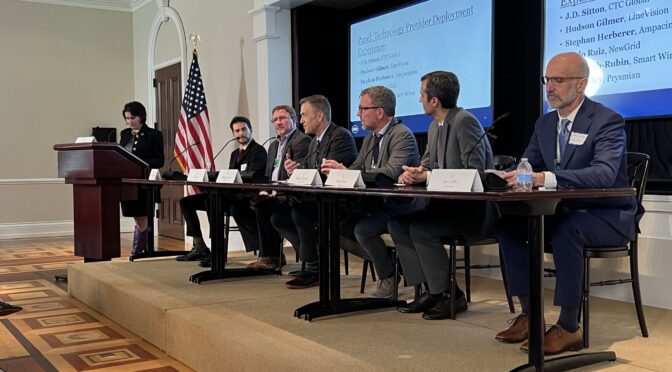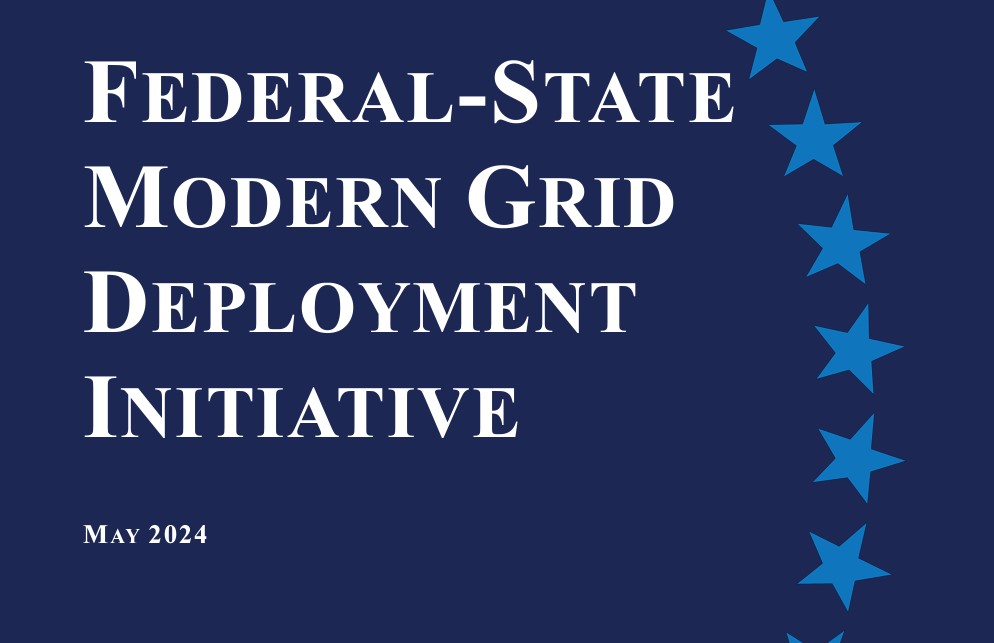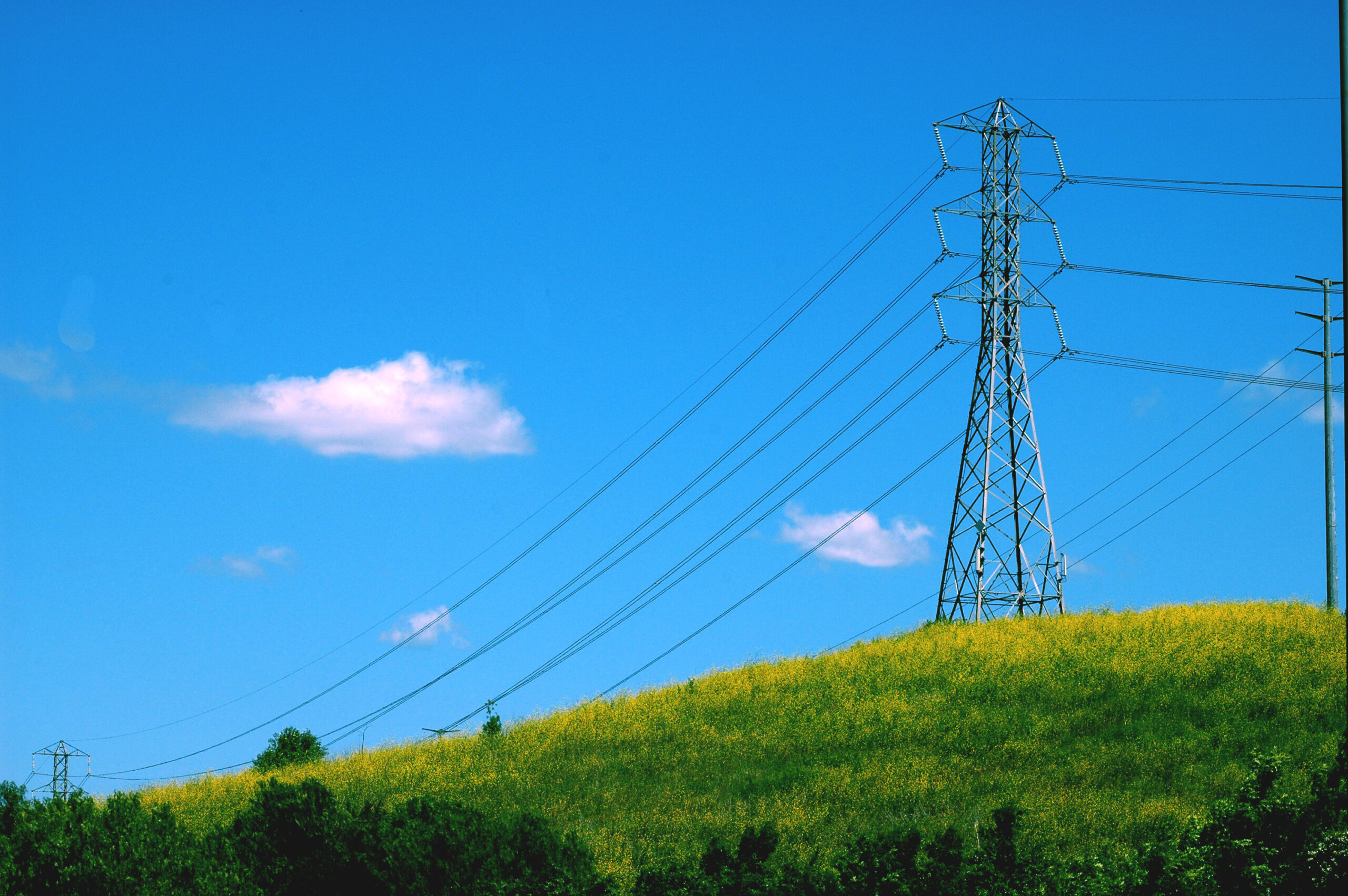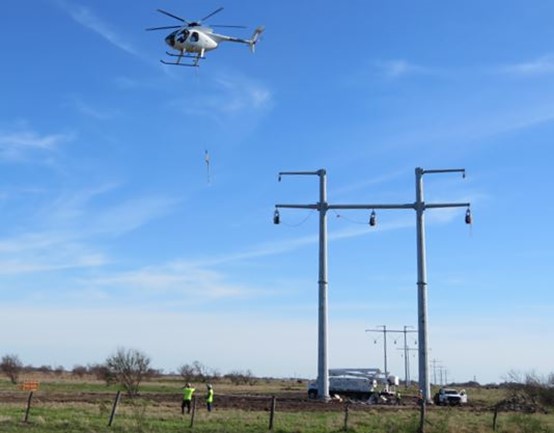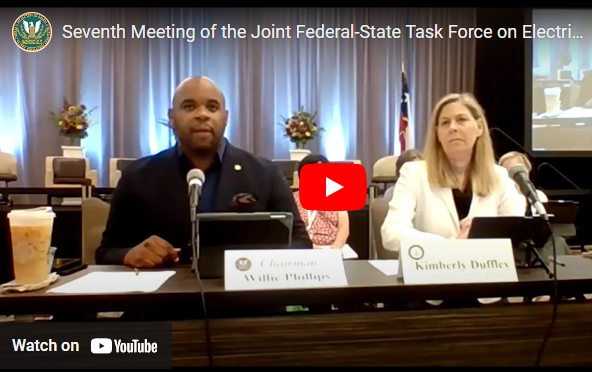Modernizing the Power Grid: A Path to Sustainable Energy Future
On May 28, CTC Global staff members, including CEO Mr. J.D. Sitton, had the esteemed privilege of attending the White House Summit on Modernizing the Power Grid. The summit served as a pivotal platform for administration officials, regulators, utilities, and technology providers to converge on the imperative of advancing transmission technologies to bolster the electric grid.
The discourse resonated with the pressing need to deploy high-performance conductors, dynamic line ratings, and power flow control devices to augment transmission capacity and alleviate congested interconnection queues. The technical panel session, helmed by Julia Selker and featuring luminaries like Pablo Ruiz, Hudson Gilmer, J.D. Sitton, and Stephan Heberer, adeptly elucidated how modern technologies can surmount contemporary grid challenges.
Of particular note was the administration’s bold initiative to upgrade 100,000 miles of transmission lines within the next five years. This ambitious endeavor, backed by the Federal Energy Regulatory Commission’s (FERC) Order No. 1920 and bolstered by the Department of Energy’s (DOE) funding initiatives, heralds a transformative phase in grid modernization. The DOE’s Grid Deployment Office’s GRIP Program and the Loan Program Office’s Title 17 Program present unprecedented opportunities for reconductoring and infrastructure enhancement.
Yet, amidst these strides, there remains untapped potential for further advancements. FERC, empowered by Section 219 of the Federal Power Act, can incentivize technologies that enhance grid capacity and efficiency. States, mirroring initiatives like Montana HB 729 and Virginia HB 862, can play a pivotal role in incentivizing utilities to integrate Advanced Transmission Technologies (ATTs) into their long-term plans.
However, the scope of modernization extends beyond technological upgrades. It necessitates a paradigm shift in interregional collaboration and integration. The success of grid modernization hinges on fostering synergy between utilities, technology providers, and regulatory bodies. Timely engagement and expeditious implementation are imperative to expedite the transition toward a resilient, sustainable energy landscape.
Moreover, the imperative to glean insights from global best practices including the widescale deployment of CTC Global’s ACCC® Conductor underscores the interconnected nature of grid modernization efforts. By assimilating lessons from successful deployments abroad, the U.S. can efficaciously address its own grid challenges and forge a path toward energy security and sustainability.
In conclusion, the White House Summit on Modernizing the Power Grid symbolizes a watershed moment in the trajectory toward a greener, more resilient energy future. Through concerted efforts, leveraging advanced technologies, fostering collaboration, and drawing inspiration from global precedents, the vision of a modernized, sustainable power grid is within reach. As we embark on this transformative journey, let us seize the opportunity to catalyze change and pave the way for a brighter tomorrow. Some additional anticipated changes in policy should propel these efforts forward quickly.
